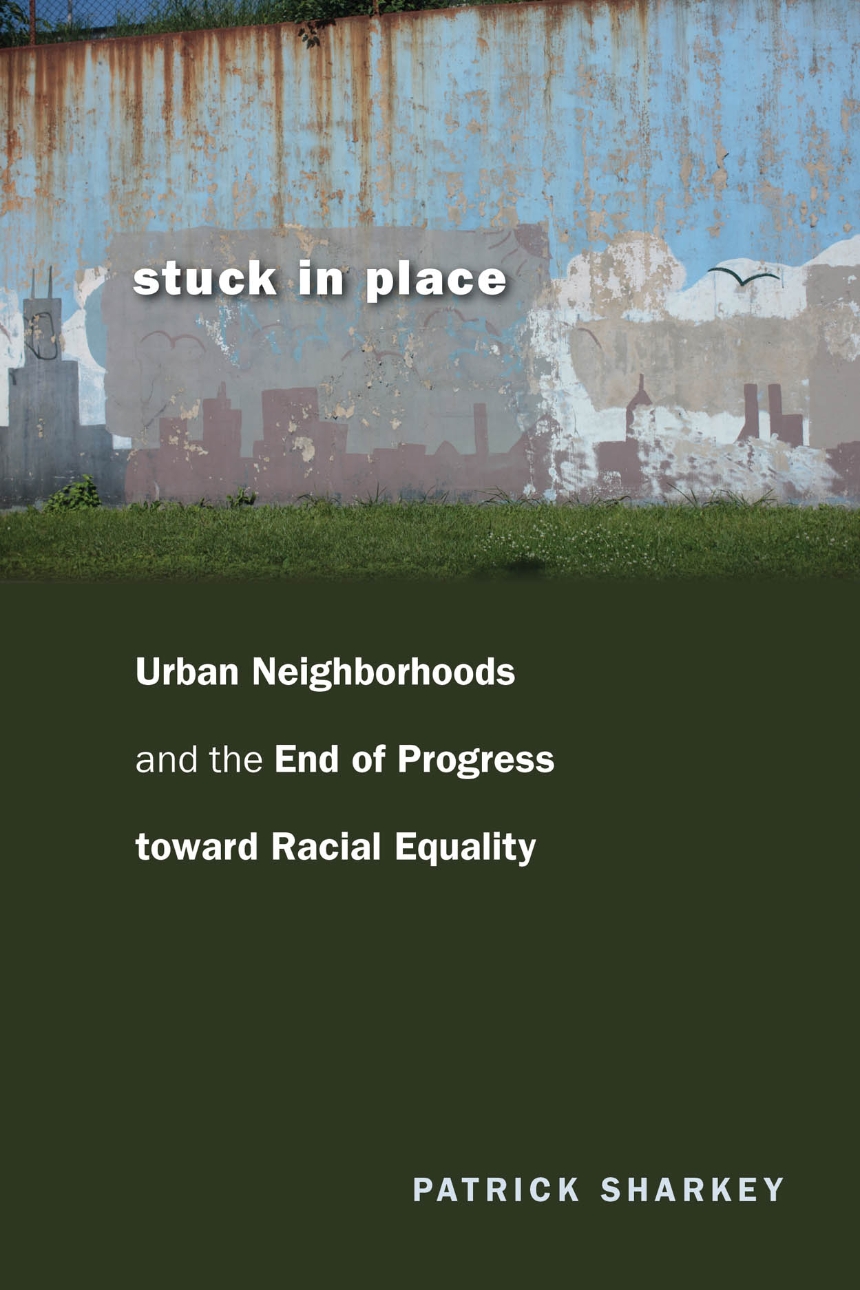Stuck in Place
Urban Neighborhoods and the End of Progress toward Racial Equality
Stuck in Place
Urban Neighborhoods and the End of Progress toward Racial Equality
In the 1960s, many believed that the civil rights movement’s successes would foster a new era of racial equality in America. Four decades later, the degree of racial inequality has barely changed. To understand what went wrong, Patrick Sharkey argues that we have to understand what has happened to African American communities over the last several decades. In Stuck in Place, Sharkey describes how political decisions and social policies have led to severe disinvestment from black neighborhoods, persistent segregation, declining economic opportunities, and a growing link between African American communities and the criminal justice system.
264 pages | 12 maps, 26 figures, 1 table | 6 x 9 | © 2013
Sociology: Race, Ethnic, and Minority Relations, Social Organization--Stratification, Mobility, Urban and Rural Sociology
Reviews
Table of Contents
2 The Inheritance of the Ghetto
3 A Forty-Year Detour on the Path toward Racial Equality
4 Neighborhoods and the Transmission of Racial Inequality
5 The Cross-Generational Legacy of Urban Disadvantage
6 Confronting the Inherited Ghetto: An Empirical Perspective
7 Toward a Durable Urban Policy Agenda
References
Index
Awards
Eastern Sociological Society: Mirra Komarovsky Book Award
Won
American Sociological Association: Otis Dudley Duncan Award
Won
Association of American Publishers: PROSE Book Award
Won
ASA Community and Urban Sociology Section: Robert E. Park Award
Won
